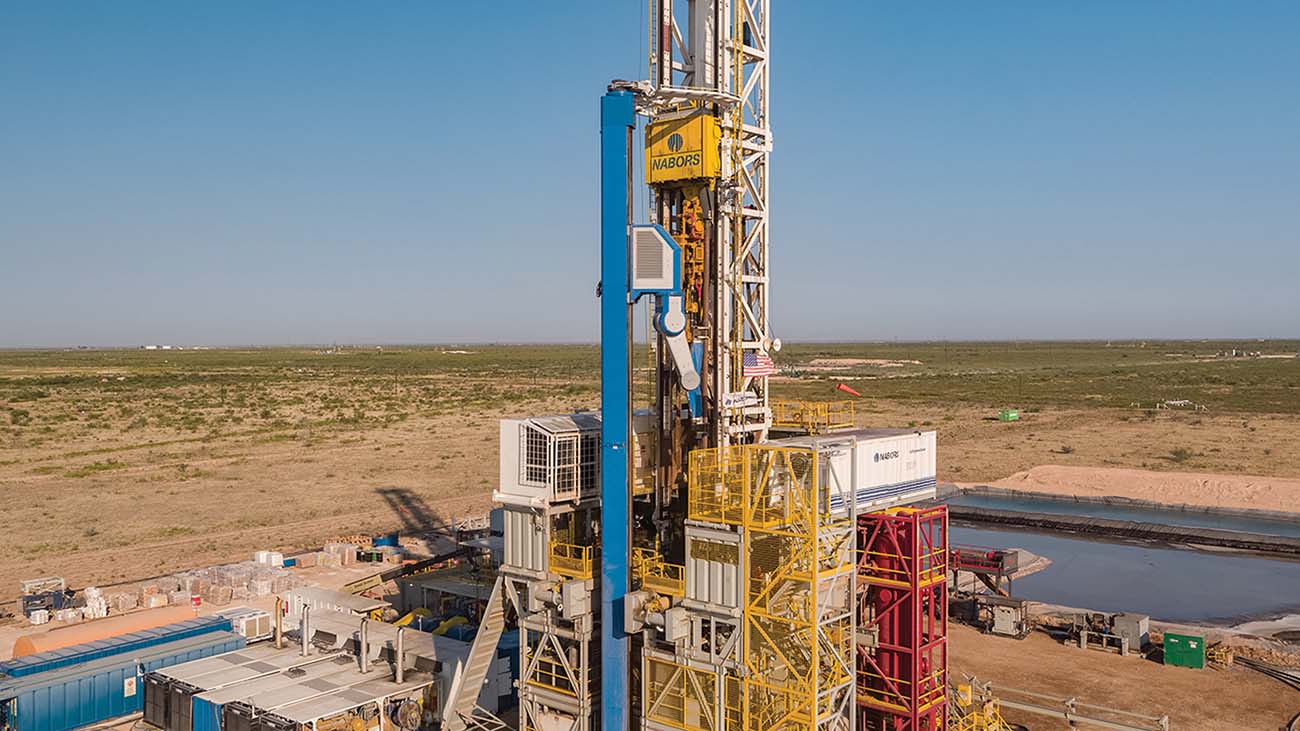The drilling and completion fluid engineering industry is undergoing a significant transformation, driven by the need for more efficient, cost-effective, and environmentally friendly solutions. As the energy landscape continues to evolve, operators and contractors are seeking innovative approaches to optimize drilling performance, reduce costs, and minimize environmental impact. In response, fluid engineering companies are developing cutting-edge solutions that are revolutionizing the industry.
Advancements in Fluid Formulation
One area of significant innovation is in fluid formulation. Traditional drilling fluids have been limited by their composition and performance, often compromising between rheology, lubricity, and density. However, new advances in nanotechnology, polymer science, and surfactant chemistry have enabled the development of novel fluid systems that offer improved performance, increased efficiency, and reduced environmental impact.
Nanofluids: The Future of Drilling Fluids
Nanofluids, which incorporate nanoparticles into the drilling fluid, are one such innovation. These tiny particles can enhance the fluid’s thermal conductivity, viscosity, and lubricity, allowing for more efficient heat transfer, reduced friction, and improved wellbore stability. Nanofluids have been shown to reduce drilling time, increase rate of penetration, and minimize stuck pipe incidents.
Real-Time Monitoring and Optimization
Real-time monitoring and optimization of drilling fluids is another area of significant innovation. Advanced sensors and data analytics enable operators to track fluid performance in real-time, making adjustments as needed to optimize efficiency, minimize waste, and reduce risks. This closed-loop system approach allows for proactive decision-making, reducing the likelihood of costly downtime and improving overall drilling performance.
Environmental Considerations: Sustainability in Drilling Fluids
The industry is also shifting towards more environmentally friendly drilling fluid solutions. Biodegradable fluids, which can easily decompose and minimize ecological impact, are becoming increasingly popular. Additionally, companies are exploring the use of recycled and reused drilling fluids, reducing waste and minimizing the carbon footprint of drilling operations.
Digital Twins and Simulation Technology
Digital twins and simulation technology are being leveraged to optimize drilling fluid performance and reduce costs. These virtual models of drilling operations allow operators to simulate different scenarios, test fluid formulations, and predict outcomes, reducing the need for physical prototyping and experimentation.
Collaboration and Knowledge Sharing
The drilling and completion fluid engineering industry is also witnessing a surge in collaboration and knowledge sharing. Companies are working together to develop industry-wide standards, share best practices, and accelerate innovation. This collective approach is driving progress, reducing duplication of effort, and increasing the adoption of new technologies.
The Future of Drilling and Completion Fluid Engineering
As the industry continues to evolve, innovative solutions in drilling and completion fluid engineering will play an increasingly critical role in shaping its future. With the development of new technologies, materials, and approaches, operators and contractors will be able to drill more efficiently, reduce costs, and minimize environmental impact.
In conclusion, the drilling and completion fluid engineering industry is on the cusp of a revolution, driven by innovation, collaboration, and a commitment to sustainability. As the industry continues to transform, one thing is clear: the future of drilling and completion fluid engineering is bright, and its impact will be felt for generations to come.







